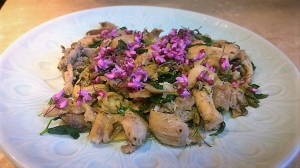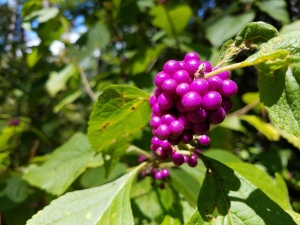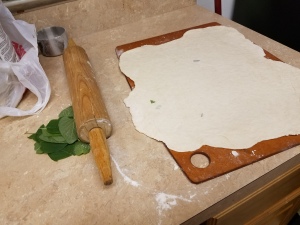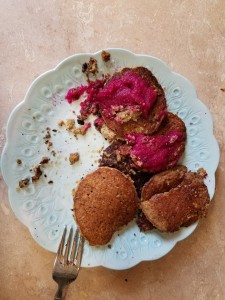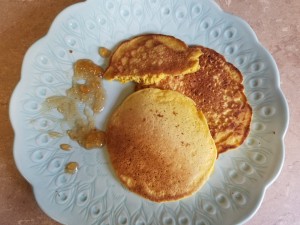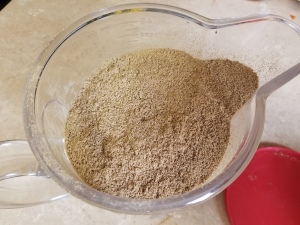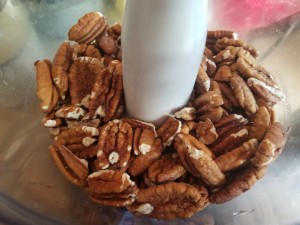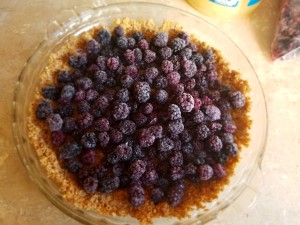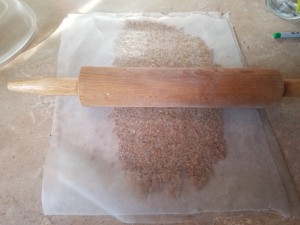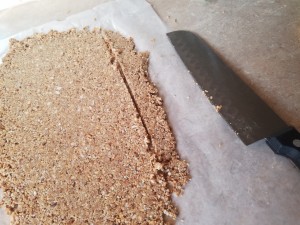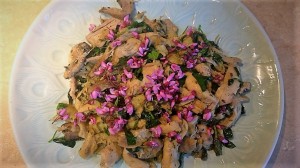
Stir fry has to be one of the most versatile methods of eating odd arrays of different ingredients. As such, it probably comes across as rather lazy most of the time. However, when the right ingredients are specifically chosen to compliment and enhance each other, a good stir fry can be a work of art.
Or perhaps I’m foolish enough to think so. Either way, here is a recipe for my own Spring Chicken! Especially during the early Spring, you can put together an amazing compliment of flavors and ingredients. So often, people assume wild greens will all taste bitter. While some do, there are a many that taste more mild and some that even taste sweet or tart!
This dish uses both rich starches and more citric tasting greens and flowers. The perfect dish to welcome back Spring!
Chicken breast
Wood sorrel (Oxalis spp.)
Wild lettuce (Lactuca spp.)
Canna roots (Canna indica)
sliced Wine cup roots – outer skin removed (Callirhoe involucrata)
Red bud flowers (Cercis canadensis)
cooking oil
soy sauce
salt, pepper, other seasonings to taste
Yes, there is such a thing as wild lettuce, and believe it or not, it is native to North America. It’s loaded with vitamins and minerals though and has a somewhat bitter taste as a result. However, wood sorrel balances that perfectly with a lemony, almost tart flavor that you’ll never forget. Both of these plants can be found in early to mid Spring in moist woodlands, usually along the edges (or just inside) where bursts of sunlight still reach through.
Red bud is a special tree. Its flowers have a subtle, sweet flavor that makes them amazing as a garnish for many dishes or added to salads. It’s actually the state tree of Oklahoma, and like the dogwood, one of the first trees to come back into bloom in the Spring. You can usually glimpse it driving down wooded highways in late February or early March; its red blossoms a stark contrast to the barren limbs all around them. You can also find them commonly planted in city parks or commercial areas as an ornamental, and these are the easiest trees to gather from.
Canna lily is usually found growing in peoples’ gardens but, being a native, can also be seen returned feral to the local environment quite often. Its rhizomes have one of the highest starch contents in the world and it is a delicious vegetable similar to water chestnuts. Wine cups are a rather unknown phenomenon, however. To be sure, many gardeners have struggled with removing their spidery tendrils, and some may have even noticed their large, central tap roots. Few will have ever thought to try eating them however! With their brown outer skin removed, they have a rich, bland, fresh crunch that has a mildly nutty after taste.
In a medium sized skillet, pour the cooking oil, soy sauce, canna roots and cut up chicken breasts. Add a dash of salt and pepper or any other seasonings you prefer at this point. Once the chicken begins to cook thoroughly, lower the temperature and add all the leafy greens. Saute the chicken, canna roots and greens until the greens begin to wilt and add the sliced wine cup roots, then turn the stove off. Finally, add the red bud flowers as a garnish while residual heat is still present.
Enjoy!
